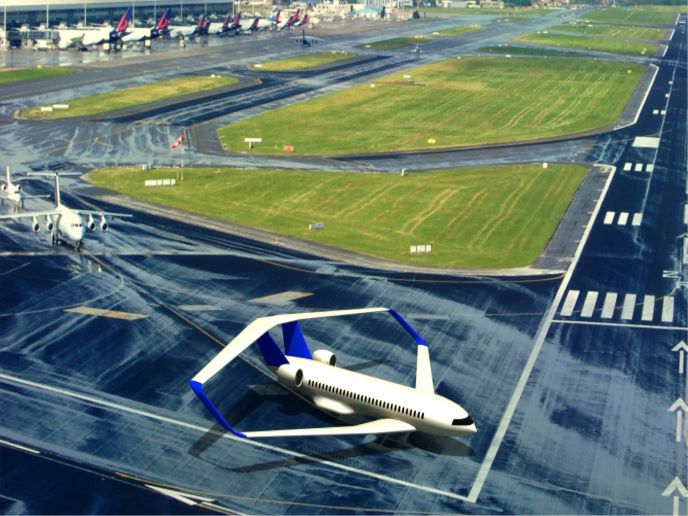Algorithms to improve traffic conditions on busy motorways
Most dynamic traffic control systems operate according to linear, local or heuristic control algorithms. However, the use of appropriate non-local and multivariable techniques can considerably reduce the total time spent (TTS) by drivers and other traffic performance indices. Methods based on the use of advanced control techniques, like model predictive control (MPC) that minimises a cost function like driver TTS, substantially improve the performance of the controlled traffic system in various simulation studies.
Dynamic traffic management to boost motorway efficiency
“The main problem with MPC is that the computation time quickly increases with the size of the network, making it difficult to apply centralised MPC to large networks,” says José Ramón Domínguez Frejo, the main investigator of the EU-funded ETC-VSL project. “Completely centralised control of large networks is viewed by most practitioners as impractical and unrealistic.” This research was undertaken with the support of the Marie Skłodowska-Curie programme. The project team designed and tested a control algorithm for variable speed limits (VSLs) that approaches the behaviour of an optimal controller, and that can also be applied in practice to large traffic networks. VSLs are speed limits that change based on road, traffic and weather conditions. Dynamic traffic control uses measurements of traffic conditions over time and computes dynamic control signals. This is done to influence the behaviour of drivers and generate a response in such a way that network performance is improved by reducing delays, emissions and fuel consumption. VSLs, ramp metering (RM) and reversible lanes are some of the most commonly used examples of dynamic motorway traffic control measures. These measures have already been successfully implemented in countries like Germany, Spain, France, and the Netherlands.
VSL controllers to increase intelligence of motorways
The project team proposed two controllers for VSLs. The first is a logic-based speed limit control algorithm for VSLs to reduce traffic congestion during bottlenecks. The second is a logic-based traffic flow control (LB-TFC) algorithm able to control VSLs together with RM. It can approach the behaviour and performance of a centralised controller while its computation is almost instantaneous. Project partners tested the behaviour of both controllers at a synthetic network and a stretch of the SE-30 motorway in Seville, Spain. Results show that the performance of the LB-TFC controller is quite robust, especially when compared to the one obtained from the mainstream TFC + PI-ALINEA algorithm, which is the most well-known integrated controller for VSLs and RM. ETC-VSL team members also proposed two more controllers. One properly controls VSLs in the case of recurrent congestion based on an offline computed optimal solution, while the other improves the performance of a previously proposed controller for RM if congestion is created by a bottleneck located far away. In addition, they introduced a new macroscopic model for VSLs capable of modelling different capacities, critical densities and levels of compliance for segments affected by speed limits. “ETC-VSL should boost the capacity of existing traffic infrastructure through improved operating efficiency and fewer occurrences of congestion,” concludes Domínguez Frejo. “Future implementations of the controllers on real motorways should significantly reduce traffic congestion, a fundamental step in realising Horizon 2020’s vision for smart, green and integrated transport.”







